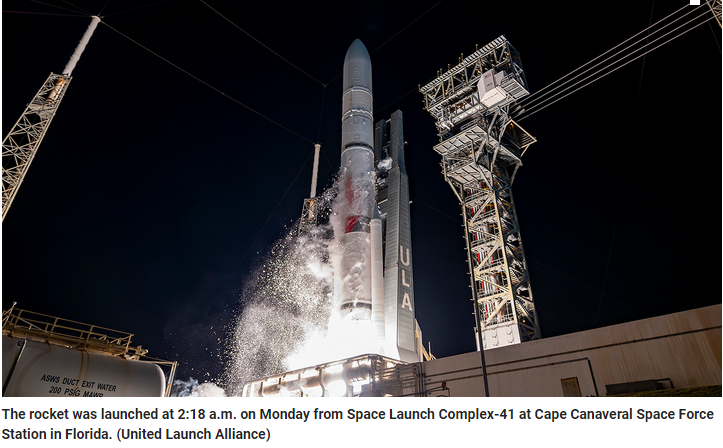Worldsfeed Tech Desk: A lunar mission launched from Florida this week is facing a critical setback, threatening to disrupt the ambitious goal of becoming the first American spacecraft to touch down on the moon in over half a century. Astrobotic Technology’s Peregrine Lunar Lander, which successfully launched from Cape Canaveral Space Force Station, encountered a significant obstacle when an anomaly disrupted its stable orientation. This disruption affected the solar panel’s ability to point towards the sun, a crucial factor for optimal power generation during orbit.
Critical Fuel Loss Imperils US Moon Landing Mission
A US lunar mission, aiming to be the first American craft on the moon in 50 years, faces a critical setback due to a loss of propellant in the Peregrine Lunar Lander's propulsion system. Astrobotic Technology is working to stabilize the situation, while NASA's $108 million investment for scientific instruments on the lander adds significance to the mission's goal of preparing for sustained human presence on the Moon.


0 Comments